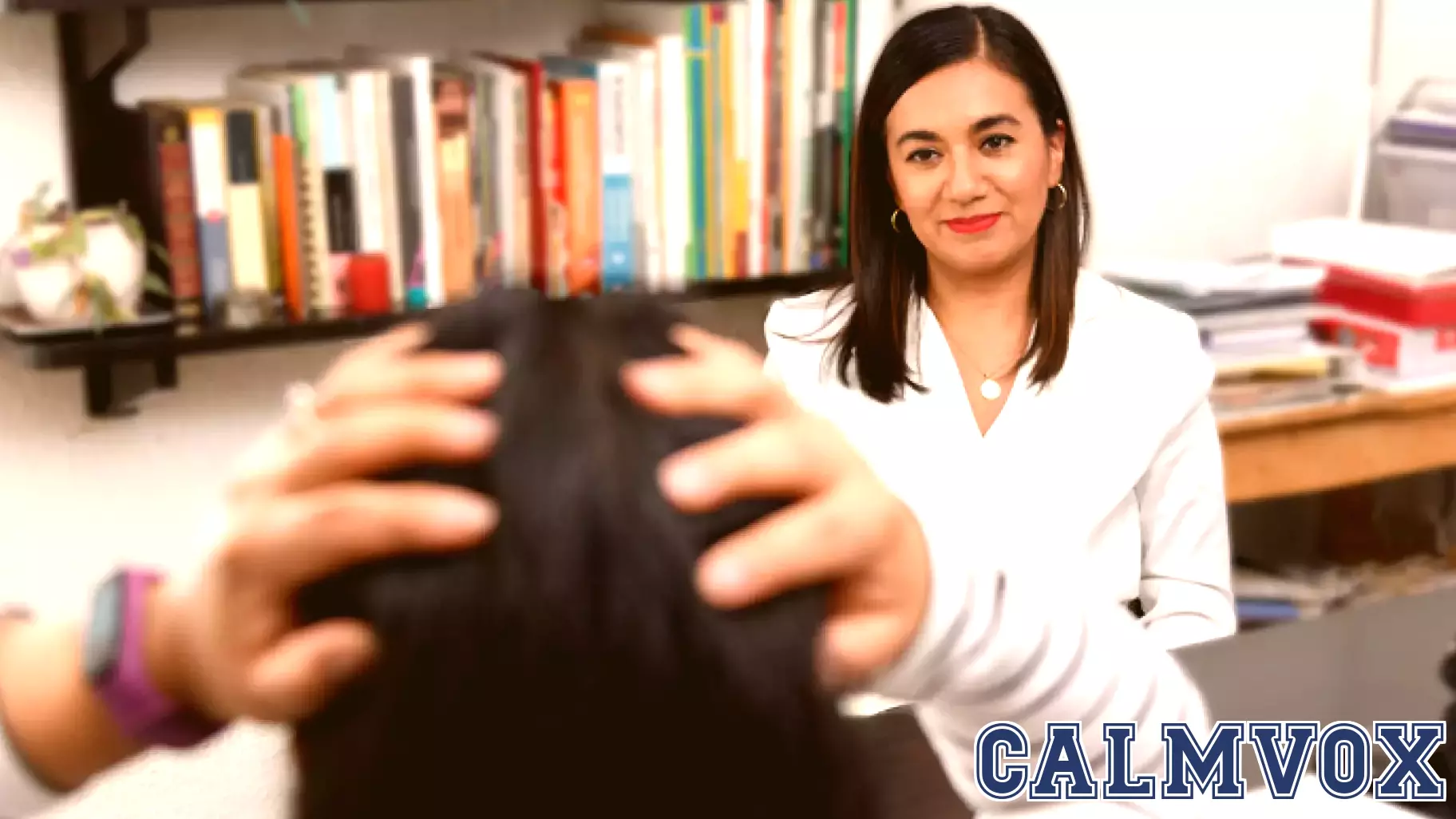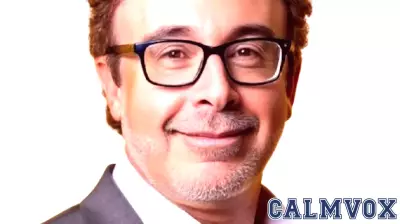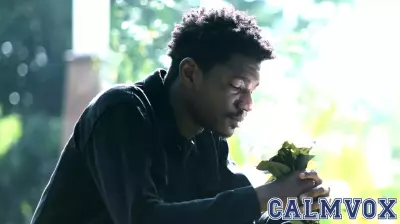Tackling the Shortage of Bilingual School Psychologists in the US
January 11, 2025 - 16:46

Imagine a school where almost half the students communicate in a language other than English at home, yet the sole psychologist on staff speaks only English. This scenario is becoming increasingly common across the United States. Currently, the national average shows a staggering ratio of one school psychologist for every 1,119 students, which is more than double the recommended ratio of 1:500 set by experts. Alarmingly, 92% of these psychologists are proficient only in English.
As multilingual learners (MLLs) continue to emerge as the fastest-growing demographic in American classrooms—expected to make up one in four students by next year—the demand for bilingual school psychologists is becoming critical. These professionals play a vital role in addressing the mental health needs of students, providing essential support that is culturally and linguistically appropriate. The current shortage not only hampers the effectiveness of mental health services but also risks the well-being of students who may struggle to communicate their needs. Addressing this gap is essential for fostering an inclusive and supportive educational environment.
MORE NEWS

December 1, 2025 - 03:17
The Hidden Dangers of Rapid ADHD Solutions for ChildrenIn recent years, the rush to provide quick fixes for children diagnosed with ADHD has led to alarming trends in treatment practices. While medication can offer immediate relief for symptoms, it...

November 30, 2025 - 04:27
Bath Lovers: Uncovering the Unique Personality Traits Behind the PreferenceIf you`re the type who fills up the tub instead of jumping in the shower, you probably process emotions in ways most people avoid. Recent psychological insights suggest that individuals who prefer...

November 29, 2025 - 10:17
Emotional Memory: Understanding Why We Remember Feelings Over FactsIf your brain clings to emotional scenes and drops neutral facts, you are not broken, flaky, or doomed. Recent psychological research sheds light on why some individuals have a tendency to remember...

November 28, 2025 - 23:40
Rediscovering Childhood Hobbies for Adult WellbeingSome of the best things for adult wellbeing are activities we abandoned after elementary school. As we grow older, many individuals often leave behind hobbies that once brought them joy and...